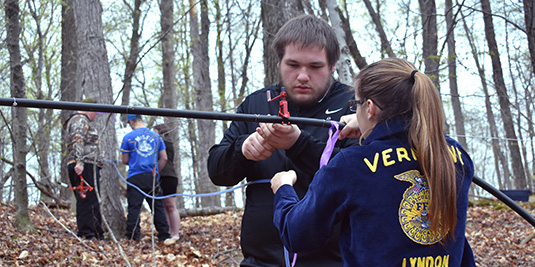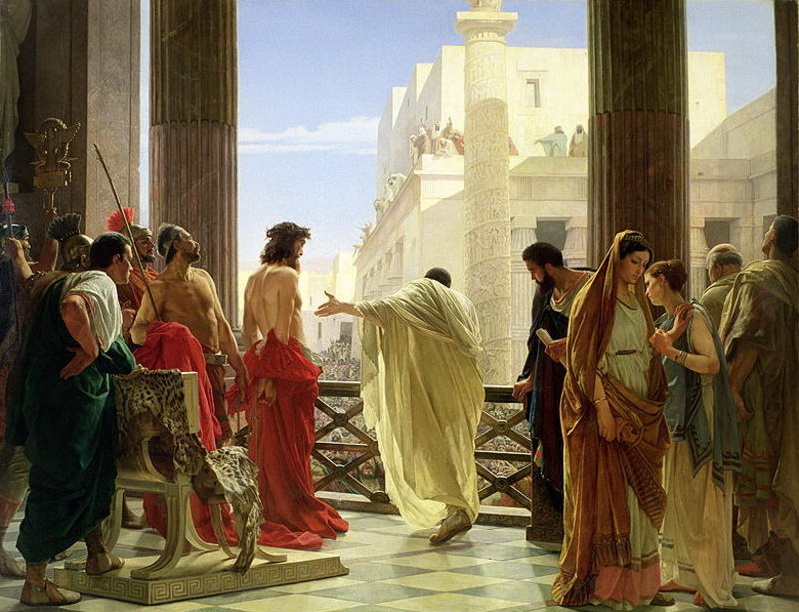Tag Archives: M4
- Home
- Posts tagged "M4"

The “Sugaring” Season
Vermont is the largest producer of maple syrup in the United States, and the maple syrup industry is an important part of the state’s economy and culture. Vermont maple syrup is renowned for its high quality and distinctive flavor, and many people around the world seek out Vermont maple syrup specifically.
The maple syrup industry in Vermont is primarily made up of small-scale family farms, where maple sap is collected from sugar maple trees in early spring using a process called “sugaring.” The sap is then boiled down to produce pure maple syrup, which is graded according to its color and flavor. Vermont maple syrup is graded on a scale from Grade A (lighter in color and milder in flavor) to Grade B (darker in color and more robust in flavor).
The Vermont maple syrup industry is heavily regulated to ensure quality and safety, and the state has strict standards for labeling and grading maple syrup. In addition to pure maple syrup, many Vermont maple producers also make maple candy, maple cream, and other maple products.
University of Vermont Facilities Management
Spring Week 17 | April 21 – April 27
“The Dry Salvages” | No. 3 of the ‘Four Quartets’ by T.S. Eliot, 1946
I do not know much about gods; but I think that the river
Is a strong brown god—sullen, untamed and intractable,
Patient to some degree, at first recognised as a frontier;
Useful, untrustworthy, as a conveyor of commerce;
Then only a problem confronting the builder of bridges.
The problem once solved, the brown god is almost forgotten
By the dwellers in cities—ever, however, implacable.
Keeping his seasons and rages, destroyer, reminder
Of what men choose to forget. Unhonoured, unpropitiated
By worshippers of the machine, but waiting, watching and waiting.
His rhythm was present in the nursery bedroom,
In the rank ailanthus of the April dooryard,
In the smell of grapes on the autumn table,
And the evening circle in the winter gaslight….
Mississippi State University: National Poetry Month 2023
Monday | 21 April | Colloquium 15:00 UTC
Tuesday | 22 April | Colloquium 15:00 UTC
Wednesday | 23 April | Colloquium 15:00 UTC
Thursday | 24 April | Colloquium 15:00 UTC
Friday | 25 April | Colloquium 15:00 UTC
Saturday | 26 April
Sunday | 27 April
Bud Break
This event is part of a series that keeps cold climate grape growers up to speed on what tasks to do at key points in the growing season. Each session will review timely management steps, highlight a topic, and then open the floor to questions and discussion. This week, the focus topic is comparing bird control options, in response to high demand for this topic. However, there will be plenty of time to talk about critical bud break tasks as well.
The speaker is Annie Klodd, Fruit Extension Educator at UMN Extension. Additional fruit specialists from UMN Extension and UW Madison, including Leslie Holland and Jed Colquhoun, will be in attendance to answer questions and lead discussion.
Pontius Pilate in History and Interpretation
This study reconstructs the historical Pontius Pilate and looks at the way in which he is used as a literary character in the works of six first century authors: Philo, Josephus and the four evangelists. The first chapter provides an introduction to the history and formation of the imperial Roman province of Judaea. The following two chapters examine the references to Pilate in Philo and Josephus, looking at each author’s biases before going on to assess the historicity of their accounts. The next four chapters look at the portrayal of Pilate in each gospel, asking how a first century reader would have interpreted his actions.
Each chapter asks what this portrayal shows about the author’s attitude towards the Roman state, and what kind of community found this useful. The conclusion distinguishes between the ‘historical Pilate’ and the different ‘Pilate of interpretation’ preserved in our first century literary sources.
Pontius Pilate in History and Interpretation
A collection of essays by leading scholars on Pilate’s historical and literary significance.
Helen Bond: Personal Chair in Christian Origins, School of Divinity
Scholars have studied a variety of aspects of Pontius Pilate’s life and career, including his political and administrative activities in the province of Judea, his relationship with the Jewish religious leaders of the time, and his role in the trial and execution of Jesus. Some examples of other academic research include:
- “Pontius Pilate: A Political Biography” by Ann Wroe – a comprehensive study of Pilate’s life, career, and impact on Roman and Jewish history.
- “Pontius Pilate: Portraits of a Roman Governor” by Warren Carter – a study of the historical and literary representations of Pilate in early Christian and Jewish texts.
- “The Trial and Death of Jesus: Essays on the Passion Narrative in Mark” edited by David R. Bauer and Mark Allan Powell – includes several essays on Pilate’s role in the trial and crucifixion of Jesus.
During the time of Pontius Pilate in Judea, education was primarily provided through religious institutions such as synagogues and schools attached to them. The Jewish people placed a high value on education and saw it as a way to preserve their cultural and religious traditions.
Boys were typically educated in the Torah, which consisted of the first five books of the Hebrew Bible, as well as in other Jewish texts and traditions. Girls, on the other hand, were not typically given formal education and were instead taught by their mothers in the home.
In addition to religious education, some Jewish boys may have received instruction in the Greek language and culture, which was prevalent in the region due to the influence of the Hellenistic world. However, this was not common among the broader population and was largely limited to wealthier and more privileged families.
Overall, the educational system in Judea during Pontius Pilate’s time was centered on religious instruction and the preservation of Jewish traditions and values. It was not until later in history, during the time of the Mishnah and Talmud, that a more formalized system of Jewish education emerged.
Travels with the Sundry Folk
University of Oxford | Geoffrey Chaucer: The Father of Modern English?
Emily Dickinson: pic.twitter.com/yXxEWct3Da
— Dr. Maya C. Popa (@MayaCPopa) May 20, 2023
Libera Oratorio
This content is accessible to paid subscribers. To view it please enter your password below or send mike@standardsmichigan.com a request for subscription details.
Tree City Standards
This content is accessible to paid subscribers. To view it please enter your password below or send mike@standardsmichigan.com a request for subscription details.
New update alert! The 2022 update to the Trademark Assignment Dataset is now available online. Find 1.29 million trademark assignments, involving 2.28 million unique trademark properties issued by the USPTO between March 1952 and January 2023: https://t.co/njrDAbSpwB pic.twitter.com/GkAXrHoQ9T
— USPTO (@uspto) July 13, 2023
Standards Michigan Group, LLC
2723 South State Street | Suite 150
Ann Arbor, MI 48104 USA
888-746-3670



















